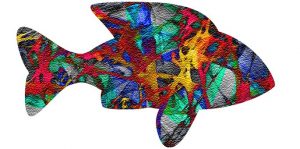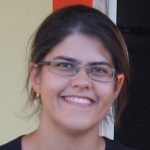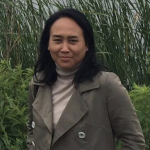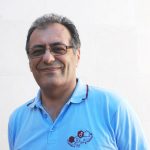
PlastiFish: Methods, effects and risk analysis of microplastics in fish production
The emerging threat of plastic and chemical pollutants and current accumulation of plastic is a major environmental issue for society worldwide and threatens both ecosystems and economic activities such as tourism, fisheries and aquaculture. A more insidious and damaging problem than macroplastic waste is the ubiquitous presence of less obvious micro- (particles < 5 mm) and nanoscale (particles < 100 nm) plastics in marine ecosystems. The primary hazard of microplastics is their bioavailability to marine organisms and marine biota, including, including birds, fish and their food sources (e.g. zooplankton, macroinvertebrates) that ingest them. In addition to the biological effects of micro(nano)plastics on marine organisms, they have the potential to impact on human health through the consumption of contaminated marine products.
Despite numerous field studies reporting microplastic pollution, less is known about their ecotoxicological consequences and their mechanism of action, and likely impact on organism health. The small size of nanoplastics makes them of concern as they are more likely to pass biological membranes and directly affect cell function. Much less is known about the likely impact of nanoplastics on marine organisms since there are still relatively few studies and their toxicological consequences, mechanisms of action and biological effects are mostly undocumented.
This project aims to determine levels of contamination with micro(nano)plastics on two distinct ecosystems, Macau, China (tropical/high anthropogenic inputs) and Algarve, Portugal (temperate/low anthropogenic input), their role as a vehicle for emerging chemical pollutants and physiological consequences in marine organisms. The project joins three teams with complementary knowhow on fish ecology and physiology, and plastic pollution: Institute of Science and Environment of the University of Saint Joseph (Macao), the Institute of Oceanology, Chinese Academy of Sciences (Qingdao, China) and the Centre of Marine Sciences (CCMAR) of the University of the Algarve (Portugal).
This project is jointly funded by the Macao Science and Technology Development Fund (FDCT) and the Portuguese Foundation for Science and Technology (FCT). Project reference: FDCT 0004/2019/APJ.











